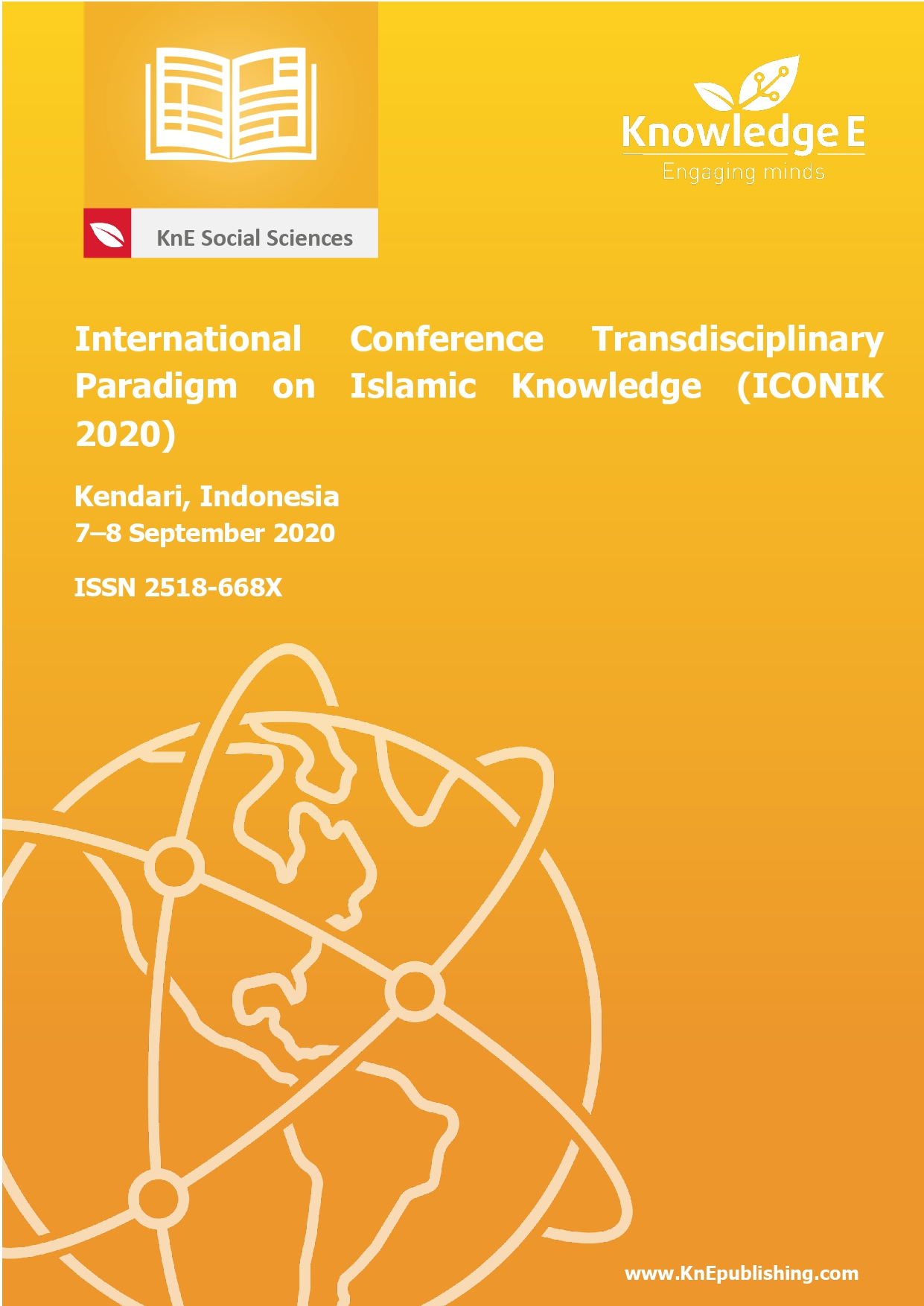Using Green Open Spaces to Support Campus Academic Activities
DOI:
https://doi.org/10.18502/kss.v7i8.10723Abstract
Green open space has many advantages, including acting as an effective air filter, maintaining groundwater availability, and preserving flora and fauna. Furthermore, green open spaces can provide direct benefits to users such as beauty and a sense of comfort, which can help to support the academic activities of students, lecturers and employees. The goal of this study was to determine the level of comfort with green open spaces on the IAIN Kendari campus and to provide information to students about how to use them to support student academic activities. The service project began with a Google Form survey to determine the academic community’s perception of the contribution of green open spaces to IAIN Kendari’s academic activities, which was completed by 120 IAIN Kendari students. The findings indicated that the campus green open spaces were perceived as comfortable. The next activity was a webinar on using green open spaces to support academic activities, in which mentoring was provided.
Keywords: green open space, academic activities, IAIN Kendari
References
[2] W. O. Suciyani, “Analisis potensi pemanfaatan ruang terbuka hijau (RTH) kampus di politeknik negeri Bandung,” Jurnal Planologi, vol. 15, no. 1, pp. 17–33, 2018.
[3] I. Gandasari, O. Hotimah, and M. Miarsyah, “Pemanfaatan ruang terbuka kampus sebagai potensi menjaga lingkungan,” Jurnal Green Growth dan Manajemen Lingkungan, vol. 9, no. 2, pp. 71–85, 2020.
[4] S. Samsudi, “Ruang terbuka hijau kebutuhan tata ruang perkotaan kota Surakarta,” Journal of Rural and Development, vol. 1, no. 1, 2010.
[5] D. Novandra, D. Iswandaru, S. Harianto, and B. S. Dewi, “Analisis keberadaan burung dan tingkat kenyamanan berdasarkan persepsi masyarakat di ruang terbuka hijau kota bandar lampung,” Indonesian Journal of Conservation, vol. 10, no. 1, pp. 21–26, 2021.
[6] N. P. Saputri, A. Setiawan, D. Iswandaru, and I. S. Banuwa, “Analisis tingkat kenyamanan ruang terbuka hijau di Universitas Lampung,” in Paper presented at: Prosiding Seminar Nasional Konservasi 2020, LPPM Universitas Lampung, 2020.
[7] R. Y. Abraham and A. Ariffin, “Analisis tingkat kenyamanan lingkungan di Universitas Brawijaya Kota Malang,” PLANTROPICA: Journal of Agricultural Science, vol. 5, no. 2, pp. 153–160, 2021.
[8] I. S. Fatimah, N. Sinukaban, A. Munandar, and K. Kholil, “Valuasi manfaat ekologis ruang terbuka hijau (RTH) di kota bogor dengan aplikasi citygreen 5.4,” Jurnal Pengelolaan Sumberdaya Alam dan Lingkungan (Journal of Natural Resources and Environmental Management, vol. 3, no. 1, pp. 31–31, 2013.
[9] N. Wulandari, “Skenario pemanfaatan ruang terbuka hijau sebagai upaya pengendalian iklim mikro di Universitas Islam Sultan Agung Semarang,” [Doctoral dissertation]., Universitas Islam Sultan Agung Semarang, 2020.
[10] N. Annisa, H. Prasetia, and R. Riduan, “Identifikasi luas area ruang terbuka hijau (RTH) kota Banjarbaru berbasis sistem informasi geografis,” Jurnal Sumberdaya Alam dan Lingkungan, vol. 7, no. 3, pp. 90–100, 2020.
[11] S. D. Azahra and S. M. Kartikawati, “Tingkat kenyamanan termal ruang terbuka hijau dengan pendekatan temperature humidity index (THI,” BIOEDUSAINS: Jurnal Pendidikan Biologi dan Sains, vol. 4, no. 1, pp. 40–47, 2021.

